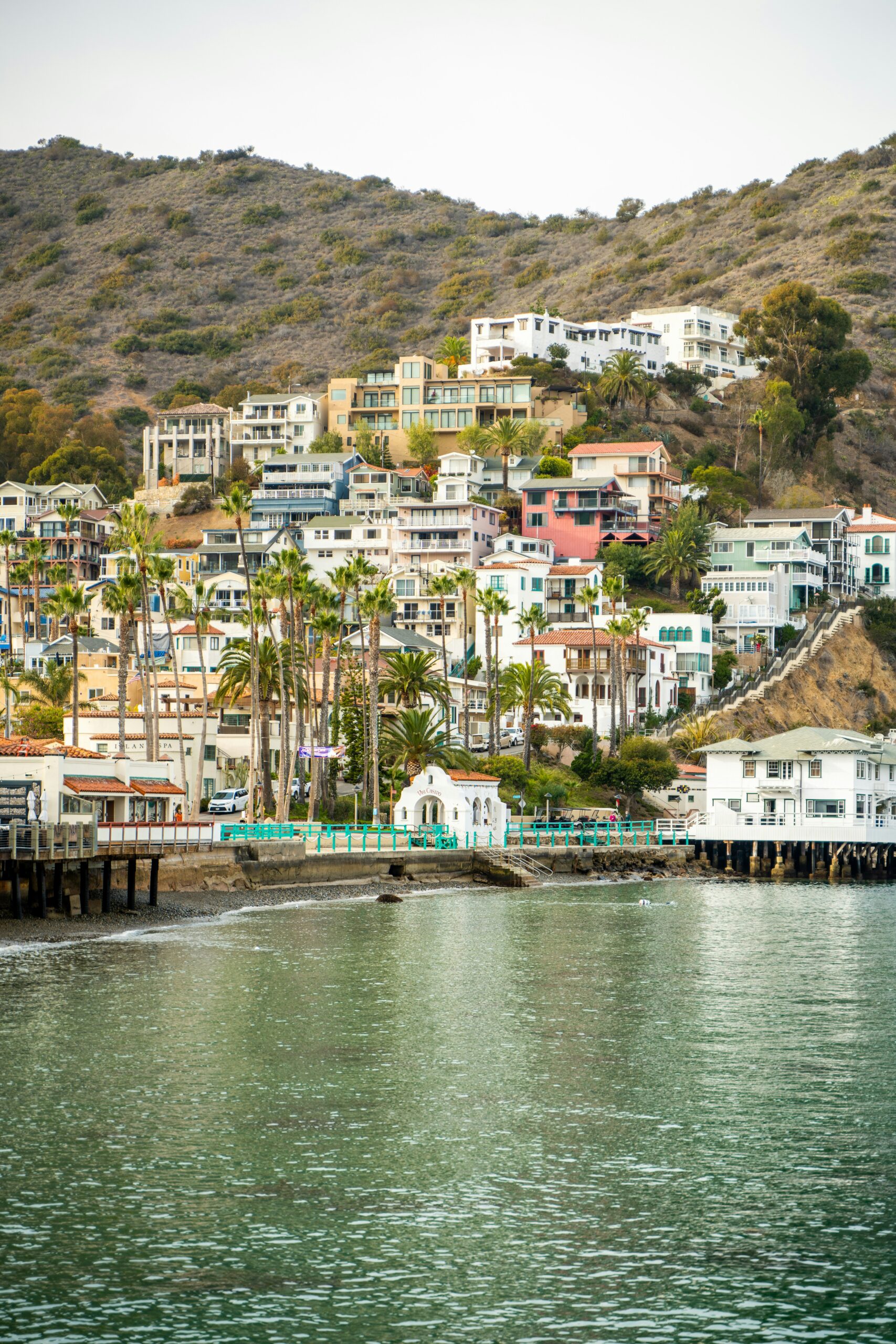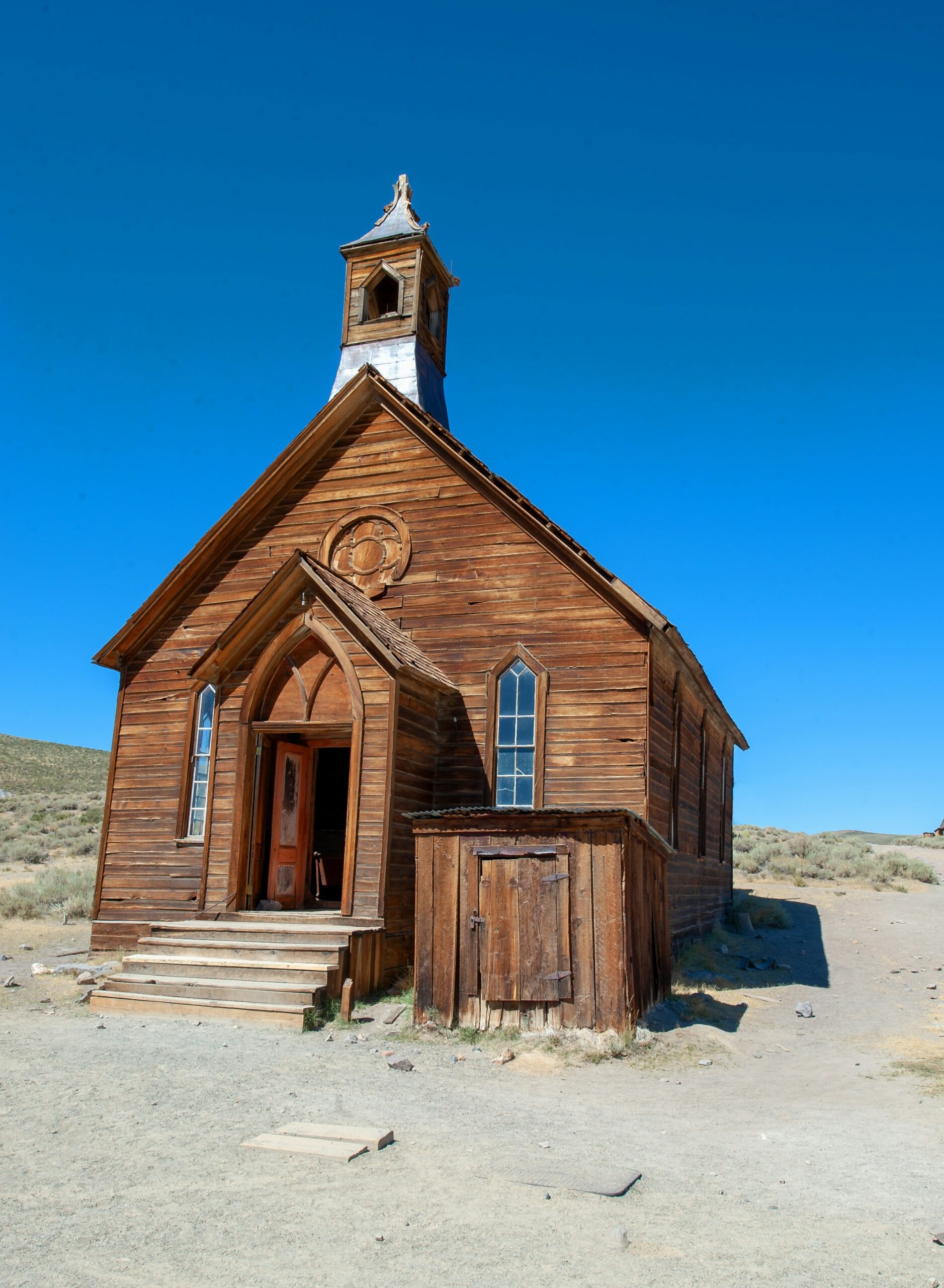Most Beautiful Walkable Cities in California for Scenic Urban Exploration
California’s cities offer more than just beautiful scenery—they invite exploration on foot. The most beautiful walkable cities in California blend charming neighborhoods, vibrant local culture, and stunning surroundings with streets designed for strolling. From palm-lined avenues in beach towns to lively urban blocks packed with shops and restaurants, these cities create memorable experiences at every corner.
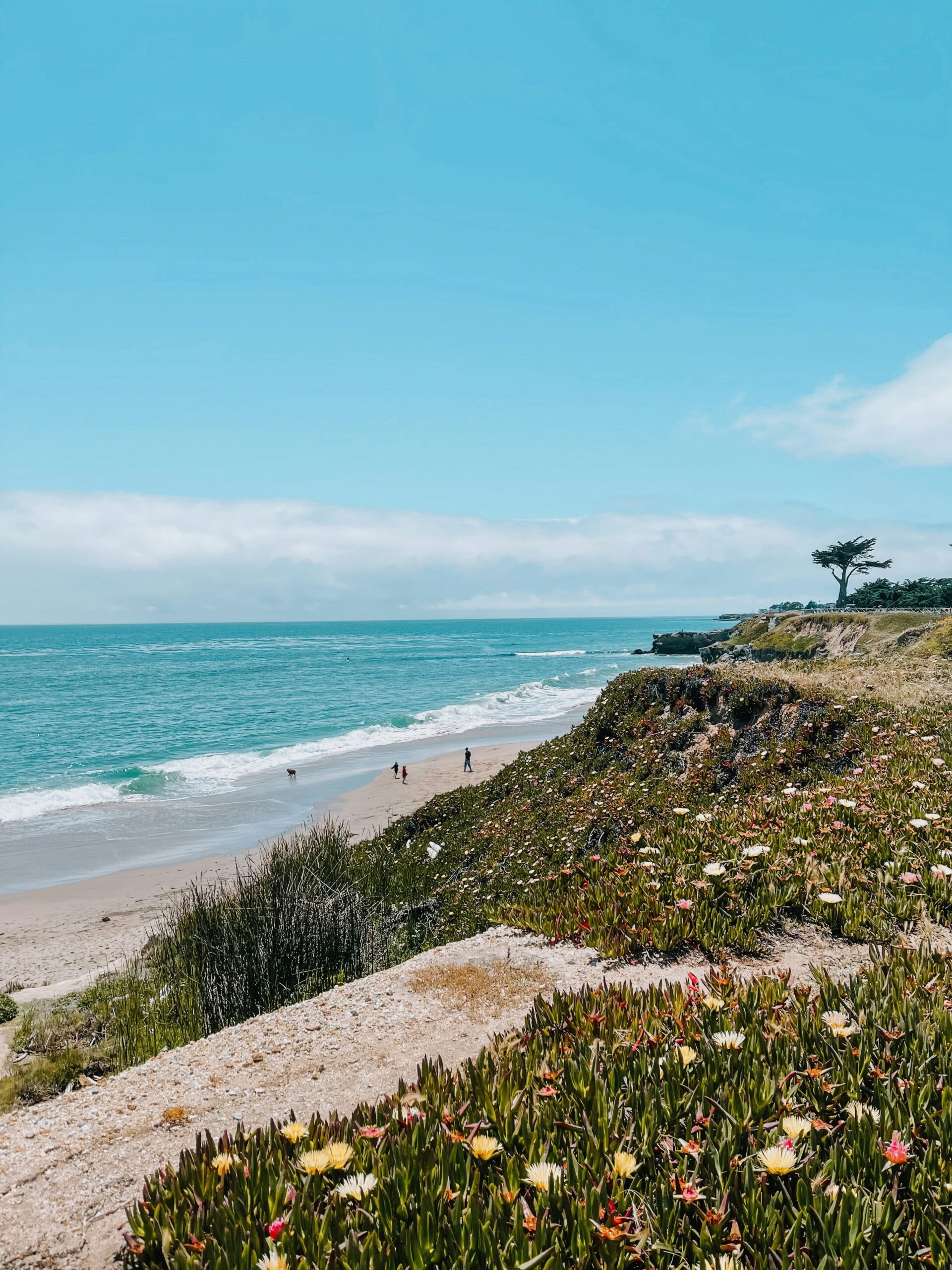
Travelers and residents alike are seeking destinations that combine walkability with visual appeal. Places like Santa Cruz, West Hollywood, and San Francisco are frequently recognized for their pedestrian-friendly layouts and unique attractions, making them standout choices for those eager to discover California without a car. Dive into this guide to find out which cities offer the best mix of beauty and walkability, and what makes each one special.
Most Beautiful Walkable Cities in California for Scenic Urban Exploration
What Makes a City Walkable in California?
A walkable city in California stands out due to thoughtful urban design, emphasis on accessibility, and dependable transportation options. Neighborhoods are planned to support pedestrian movement and daily convenience within walking distance.
Pedestrian-Friendly Urban Design
Cities recognized for walkability in California often feature compact layouts, mixed-use developments, and wide sidewalks. Key amenities such as grocery stores, cafes, and schools are strategically placed close to residential areas, making everyday tasks feasible without a car.
Zoning rules encourage integration of parks and public spaces, fostering a sense of community. Street furniture, landscaping, and proper lighting are common elements that increase comfort and enjoyment for people on foot.
High Walk Score ratings frequently reflect neighborhoods where destinations cluster within a short distance, offering residents the luxury of leaving their vehicles behind. By reducing long blocks and favoring frequent intersections, planners support easier crossing and direct walking routes.
Accessibility and Safety
Safety and accessibility are integral to walkable cities in California. Features like well-marked crosswalks, curb ramps, and level pathways ensure routes are usable by individuals of all ages and abilities. Traffic calming measures—such as speed bumps, narrower lanes, and pedestrian islands—lower the risk of accidents and make streets more inviting.
Lighting and clear signage add visibility for both drivers and walkers. Many walkable cities emphasize maintenance so that uneven pavement, debris, and obstructions do not create hazards. Neighborhood watch programs, regular patrols, and community involvement help foster a safe, comfortable setting for pedestrians.
ADA-compliant infrastructure is prevalent in highly walkable areas, with frequent resting spots and accessible transit stops. Routes are direct, and wayfinding is straightforward so new visitors and lifelong residents both feel confident navigating the neighborhood.
Reliable Public Transportation
A high-quality, reliable public transportation system bolsters walkability by expanding access to distant areas without the need for a car. In many walkable cities in California, well-connected bus and metro lines serve densely populated neighborhoods, allowing easy transitions between walking and transit.
Transit stops are typically placed within reasonable walking distance of homes, shopping, and offices. Features like real-time arrival information, sheltered waiting areas, and bicycle racks improve the overall experience for urban residents.
A comprehensive network increases urban convenience by integrating various modes—bus, light rail, and metro systems—and prioritizing frequent service. Flexible schedules and consistent coverage enable more people to rely on public transportation for commuting and errands, further reducing car dependency in walkable communities.
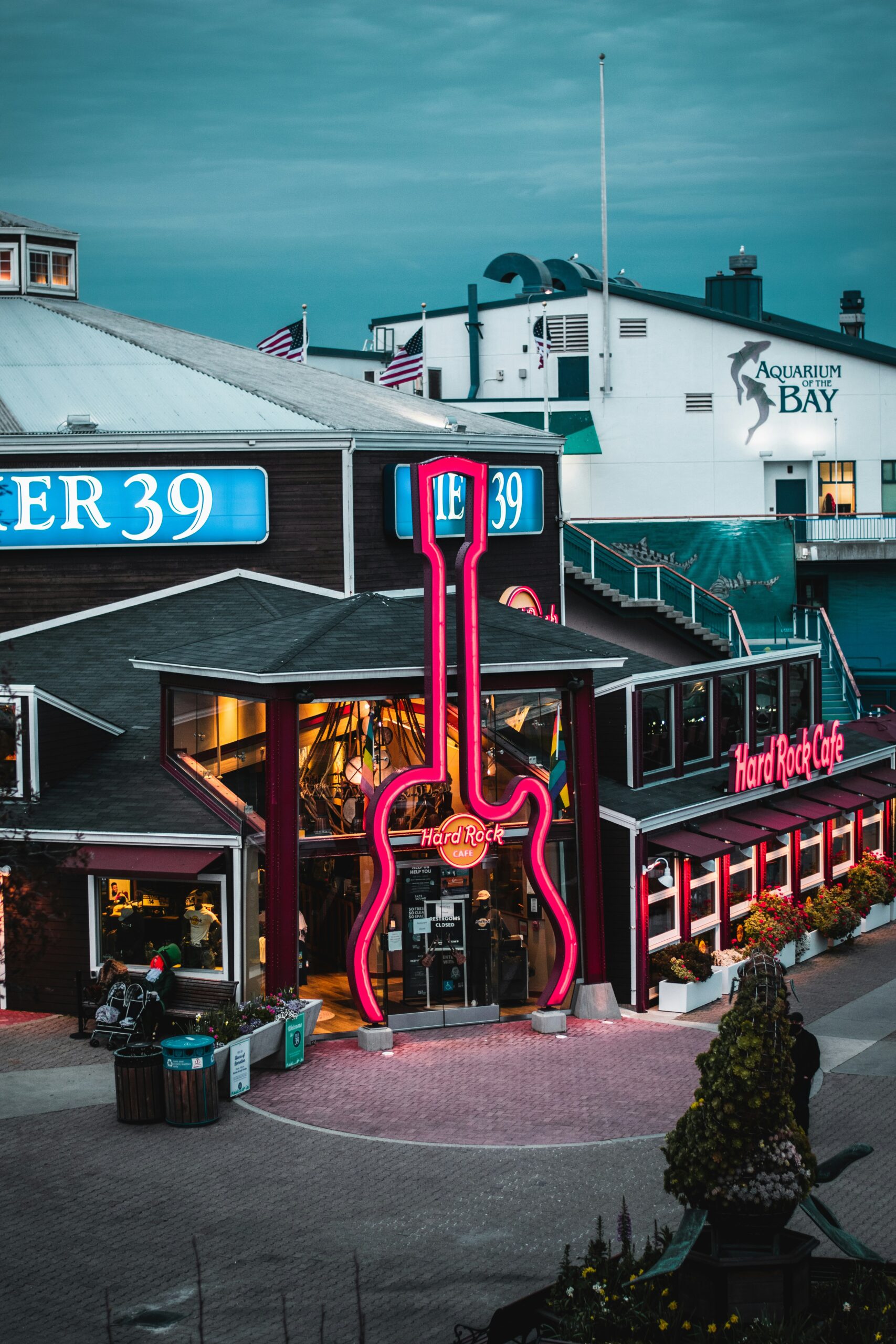
Top Most Beautiful Walkable Cities in California
California’s most walkable cities combine scenic beauty, vibrant neighborhoods, and convenient pedestrian access. These destinations offer a mix of coastal views, accessible amenities, and unique local culture for those who prefer to explore on foot.
San Francisco
San Francisco’s compact layout and well-connected neighborhoods make it one of the highest-rated walkable cities in California. The city’s famous hills set a dramatic backdrop for every stroll, while historic areas like North Beach and Chinatown provide endless opportunities to discover cafes, shops, and landmarks.
Walking through neighborhoods such as the Mission, Castro, and Hayes Valley reveals an array of Victorian homes, street art, and green spaces. The Embarcadero waterfront—with its views of the Bay Bridge and access to the Ferry Building’s food vendors—adds to its charm.
San Francisco consistently ranks among California's best walkable cities, making it easy to reach parks, museums, and public transit hubs without a car. Residents and tourists alike find that most daily errands can be accomplished by foot.
Santa Monica
Santa Monica’s palm-lined streets and oceanfront paths make it popular for walkers seeking a relaxed yet lively coastal setting. The city’s downtown is filled with shopping, dining, and entertainment options, all closely grouped and easily reached on foot.
The iconic Santa Monica Pier offers panoramic views of the Pacific and quick access to the sandy beach below. The Third Street Promenade is a dedicated pedestrian shopping district, lined with boutiques and restaurants.
Santa Monica also connects to nearby neighborhoods like Venice and West Los Angeles by bike and walking trails. Its walkability score and vibrant atmosphere make it a standout among California’s top pedestrian-friendly cities.
Berkeley
Berkeley is known for its lively college town energy and walkable streets. The downtown area, anchored by the University of California, Berkeley campus, features historic architecture, cozy cafés, and a well-planned grid that encourages exploring on foot.
Shattuck Avenue and Telegraph Avenue offer a range of bookstores, record shops, and diverse dining options, reflecting the city’s eclectic flair. Beautiful green spaces like the UC Botanical Garden and nearby walking paths, including those up into the Berkeley Hills, provide natural retreats a short distance from city attractions.
Berkeley’s walkability is enhanced by nearby transit options connecting to Oakland and San Francisco, making it a practical and engaging choice for urban explorers.
Laguna Beach
Laguna Beach is famed for its dramatic shoreline, cliffside homes, and artistic vibe. Its downtown district is filled with galleries, cafes, and unique boutiques clustered along Pacific Coast Highway and Forest Avenue, perfect for a leisurely stroll.
The city is also well known for its network of oceanfront walkways and scenic trails, like the Heisler Park trail offering panoramic views and access to secluded coves. Public art installations and seasonal festivals add visual interest and cultural richness to daily walks.
Laguna Beach’s balance of natural beauty and pedestrian-friendly streetscape has secured its place among California’s most picturesque and walkable small towns. Walkers will find a relaxing atmosphere paired with gorgeous ocean scenery at every turn.
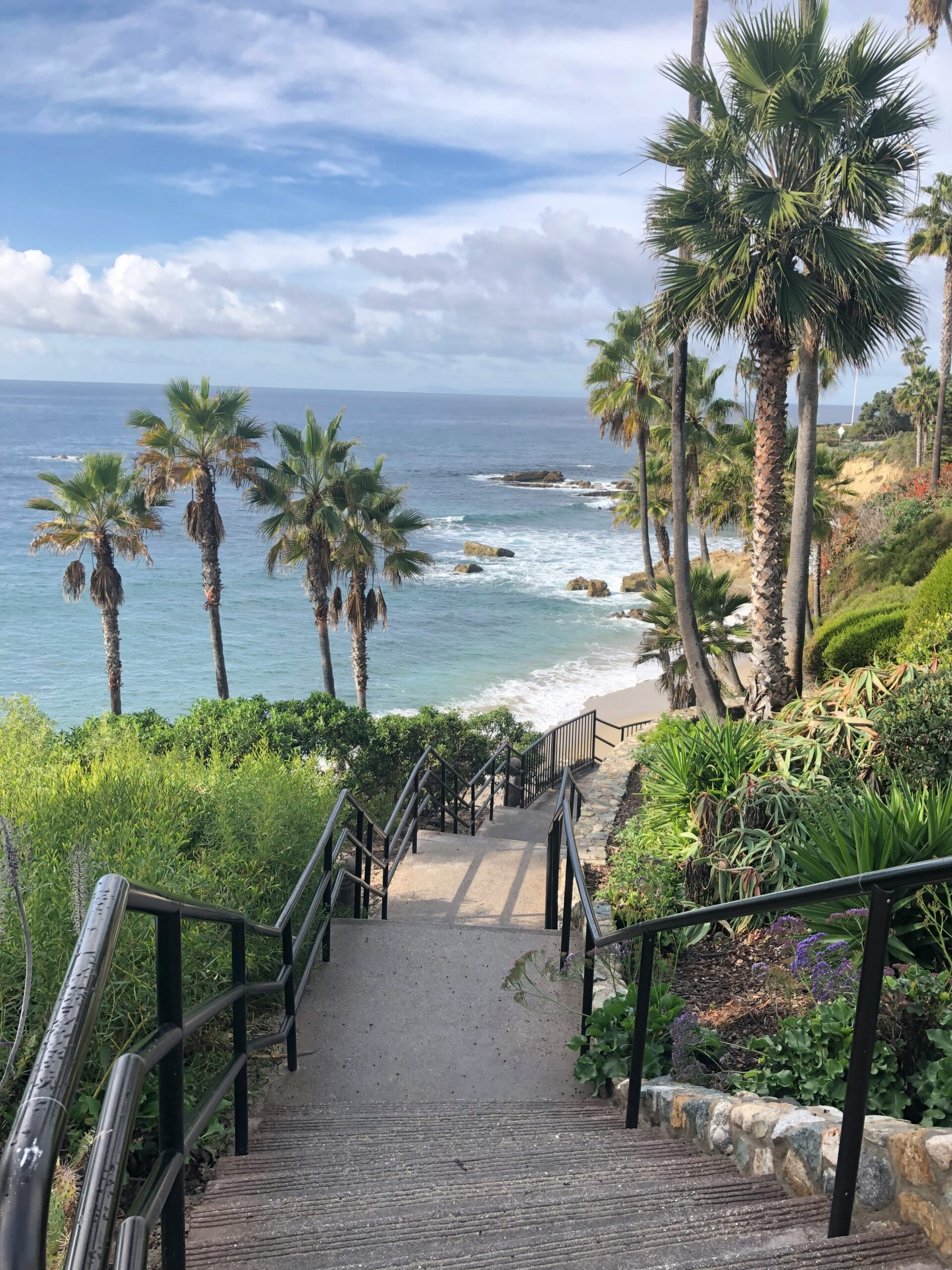
Unique Neighborhoods and Attractions to Explore on Foot
California’s most beautiful walkable cities stand out for their lively districts, diverse attractions, and inviting pedestrian zones. Architectural landmarks, scenic trails, cultural hubs, and bustling marketplaces all contribute to unique and memorable walking experiences.
Downtowns & Vibrant Neighborhoods
Many walkable cities feature dynamic downtown areas with distinct personalities. For example, San Francisco’s downtown offers easy access to iconic sites, including the Golden Gate Bridge, North Beach, and Chinatown. Pedestrians can enjoy street art and lively shops as they move between neighborhoods.
Oakland’s Lake Merritt area draws locals with its lakeside trails and regular farmers markets. Nearby, Telegraph Avenue pulses with student life, local eateries, and art galleries. Santa Monica’s Third Street Promenade stands out as a pedestrian-only strip, filled with street performers, boutique shops, and cafes.
West Hollywood’s Sunset Strip is famous for its nightlife and historic music venues. Visitors enjoy short walks between bars, comedy clubs, restaurants, and small record stores. Downtown Santa Barbara captures a Spanish-style charm, blending wine-tasting rooms with galleries in a compact urban core.
Cultural and Natural Highlights
Art and culture thrive in California’s walkable districts. San Francisco is dotted with world-class museums and the expansive Golden Gate Park, offering gardens, galleries, and trails. Guided walking tours reveal local history, public art, and architecture in cities like Pasadena and Santa Cruz.
Nature lovers can explore hiking trails near Ojai, then visit the Ojai Valley Museum or enjoy wine-tasting at local wineries. In Napa and Sonoma, walkable town centers support easy access to tasting rooms, artisan shops, and market squares. Santa Cruz offers scenic waterfront paths and access to kayaking as well as its iconic boardwalk amusement park.
Many cities also blend green spaces into urban landscapes, making it possible to shift from busy city streets to peaceful gardens or lakeshores within minutes.
Shopping and Dining Streets
California’s walkable cities are celebrated for their pleasant shopping and dining avenues. Third Street Promenade in Santa Monica is one of the best known, hosting a mix of recognizable brands, local boutiques, and lively patio restaurants. Its open-air format encourages strolling and people-watching.
Telegraph Avenue in Berkeley immerses visitors in independent bookstores, trendy coffee shops, and street vendors. In Healdsburg, the plaza and surrounding blocks connect visitors with fine restaurants, tasting rooms, and weekend markets, reflecting the region’s wine country influence. Travelers in Los Angeles can navigate areas like Melrose Avenue and Sunset Strip, moving easily between stylish eateries and trendy shops.
Weekly farmers markets fill streets with fresh produce, flowers, and handmade goods, fostering a vibrant atmosphere in cities such as Oakland, Santa Monica, and San Luis Obispo. This mix of shopping, dining, and local culture forms the heart of California’s most walkable communities.

Tips for Planning Your Walkable California Vacation
Many California cities offer pedestrian-friendly neighborhoods with convenient amenities, scenic streetscapes, and rich local culture. Planning is essential to make the most of exploring on foot, especially when seeking vibrant urban centers or quieter towns known for natural beauty.
Best Times to Visit and Local Events
Spring and fall stand out as the best seasons for a walkable vacation in most California cities. Mild temperatures and fewer crowds make comfortable walking conditions, especially in coastal areas like San Diego or San Francisco. Summer can be pleasant near the ocean but may feel too hot for extended walks in inland cities.
Events and festivals enhance the experience; many towns, including those near vineyards and university campuses like the University of California, regularly host outdoor markets and community fairs. For example, Little Italy in San Diegodraws visitors with its weekly farmers market and cultural events.
Pedestrian-friendly neighborhoods such as Albany, Lawndale, and Maywood often have local celebrations that highlight regional cuisine, art, or music. Hiking events and guided city walks are common in spring and autumn, especially in regions like Ventura County where trails connect to urban centers.
Getting Around Without a Car
Relying on walking, public transit, and bike-sharing services is practical in California’s most walkable cities. Areas like San Fernando and Huntington Park offer compact layouts, placing shops, restaurants, and parks within easy reach for those exploring on foot.
Most cities provide real-time transit apps and detailed maps, making it simple to connect between neighborhoods or venture to outlying hiking spots. Many university towns and downtown areas are designed around pedestrian access, with clear signage and shaded sidewalks.
Travelers can also take advantage of local amenities like public bikes or scooters. When visiting wine regions or small towns near vineyards, guided walking tours frequently combine sightseeing with tastings and regional history, allowing a car-free, immersive experience.


